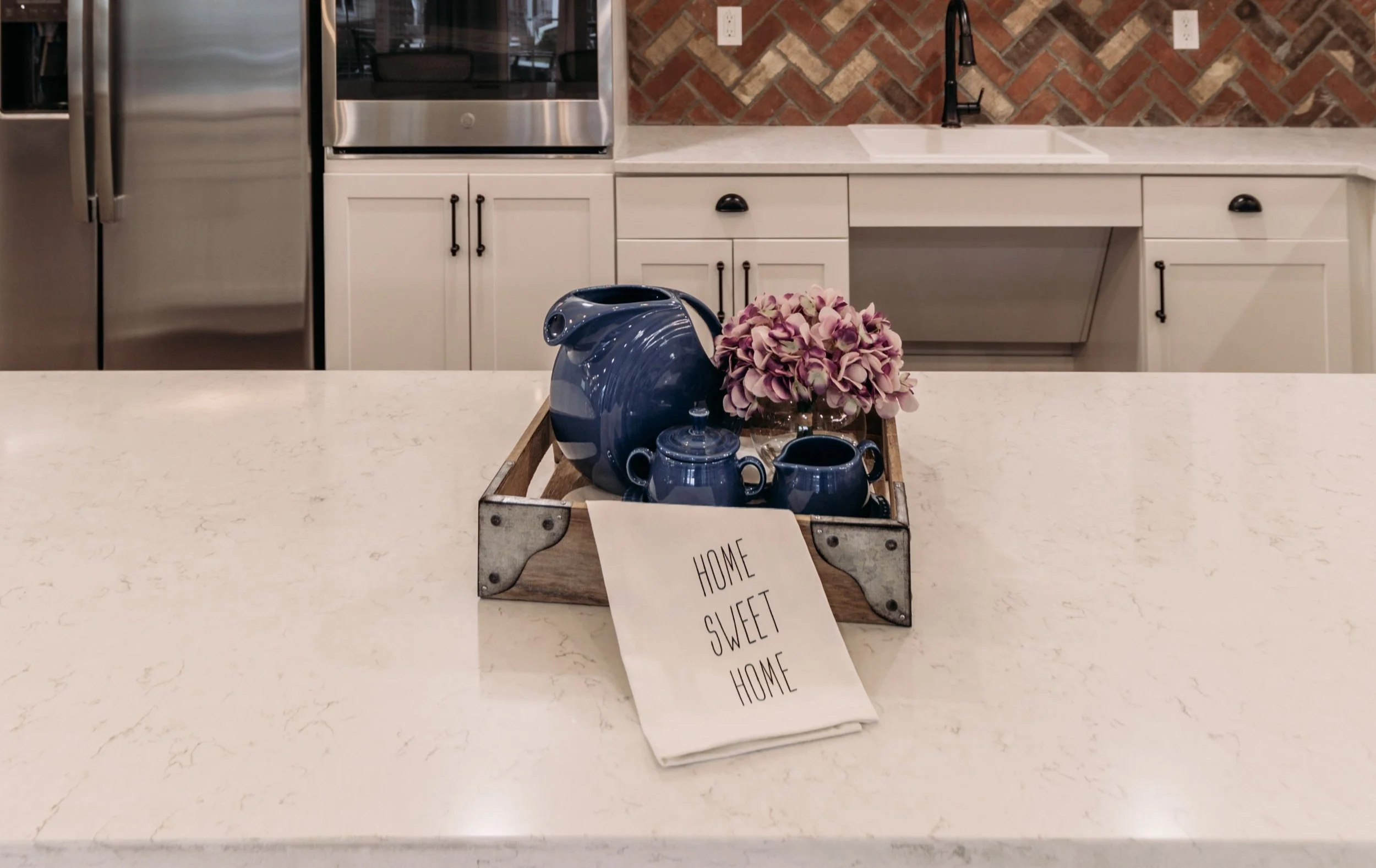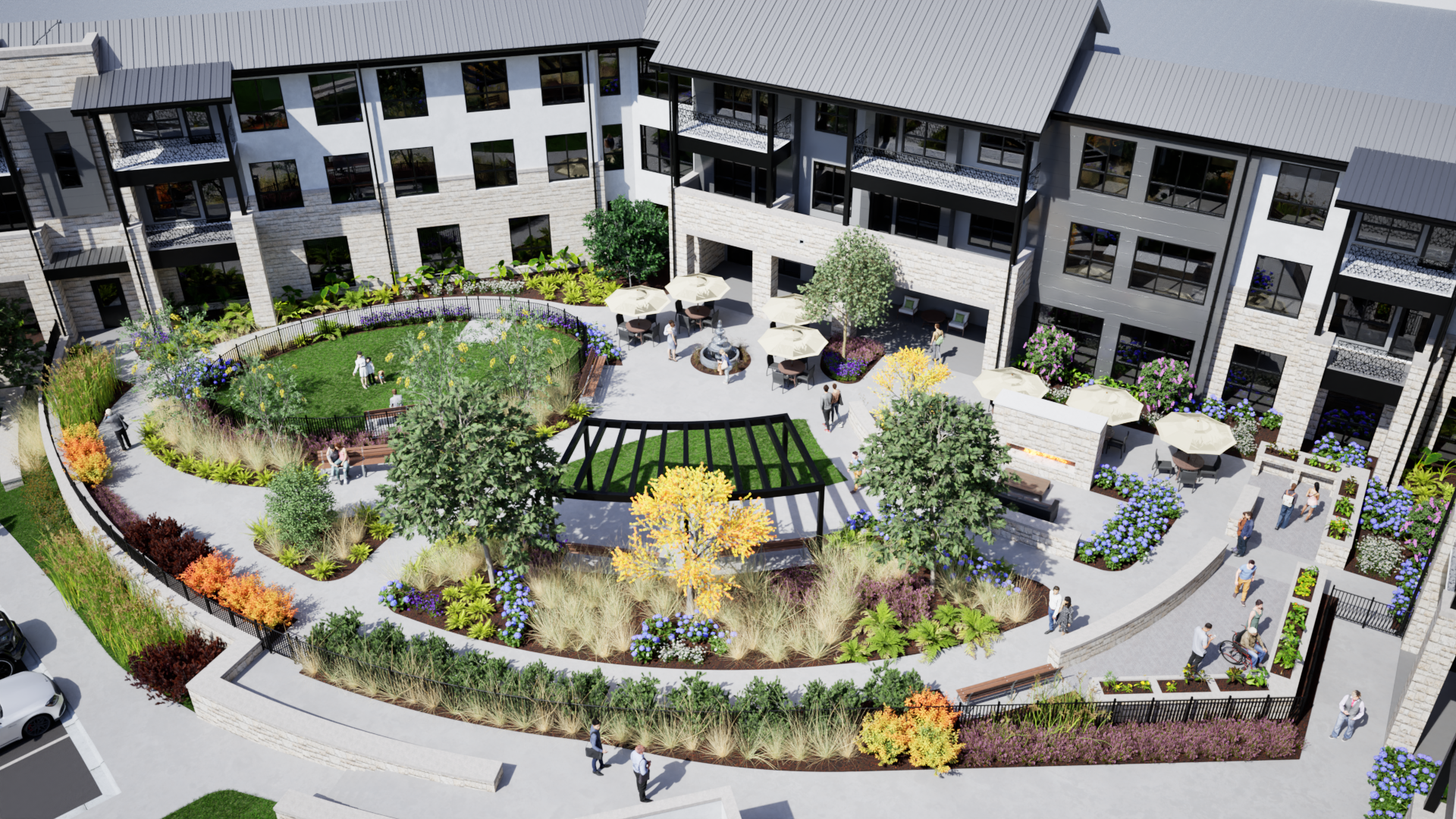Juggling Beauty and Comfort with Easy Cleaning in a Post-COVID World
The right furnishings add value to senior living communities while reducing costs and staff burdens.
“Right now, who isn’t totally focused on what surfaces people are touching and where they sit?” says Michael Zusman, CEO of Kwalu, designer and producer of stylish, easy-to- clean furniture solutions for health care and other settings. Comfort and beauty aren’t enough anymore. Furniture and surfaces that are aesthetically appealing but that don’t stand up to strong disinfectants and rigorous cleaning won’t have a place in senior living moving forward.
“From an operator’s perspective, cleaning and infection control was nice to have across the spectrum. But now they are really focused on it. They are confronting the fact that chemicals will get harsher, and that cleaners will take a greater toll on surfaces. And that wood furniture won’t be able to stand up to those cleaners,” Zusman says.
Durability Takes Center Stage
Durability has taken on a new dynamic. It doesn’t just mean furniture and surfaces that won’t break, crack, split, or wear out. It means that furniture needs to retain its beauty, utility, and comfort over time. “We hear a lot of stories about the extra cleaning and cleaners damaging furniture. Most hospitals have moved away from using wood chair frames because they’re not holding up due to consistent cleaning,” he says.
Particularly in assisted living communities, Zusman suggests, “Our clients have a greater interest in durability than ever, but they also want to make sure that furniture is comfortable and looks good over time. It has to do more than withstand normal wear and tear; it has to be able to withstand aggressive cleaning and stay cleaner longer.”
Functional and Fabulous Fabrics
Zusman stresses, “There is an interest in antimicrobial fabrics, but antimicrobial alone won’t solve the problem.” Fabrics and surfaces must be able to stand up to harsh cleaners, both the ones that are necessary to fight COVID, and new cleaners that might be developed in this future for this and other viruses. “The smoother the surface, the easier it is to clean. This will become a bigger deal,” he says. While some textured surfaces might be visually appealing, they won’t be practical moving forward. In fact, they actually might put residents at risk for contamination.
“There is an interest in antimicrobial fabrics, but antimicrobial alone won’t solve the problem.”
- Michael Zusman
While they need to be beautiful and fit in with the community’s design and feel, fabrics also need to be durable and easy to clean. They can’t fade or tear easily; and they need to look as good after five years as they do after five days. “Our team has done a stellar job in their fabric upholstery techniques. Our customers love the quality of our upholstery. We’ve worked hard on this,” Zusman. The starting point has to be the material itself. It needs to hold up, be easy to clean. He adds, “It needs to be tested with the cleaners commonly being used in senior communities.”
Pandemic Particulars
During the pandemic, Zusman says, “We have seen a lot of increased interest in lounge seating and tables because they’re easier to position further apart than, say, dining chairs. And there’s been more interest in outdoor products to accommodate opportunities for residents to meet with family members during lockdowns.” He adds, “We might start seeing dining areas with indoor and outdoor seating. Of course, a lot of that depends on the climate where the community is located.”
Zusman observes, “Low maintenance is important. This eliminates ongoing costs, as well as unexpected expenses. This goes a long way in providing value.” And at a time when communities are seeking to limit outsiders, sturdy furnishings that don’t need to be replaced or repaired are particularly appealing. He adds, “Seat fabric gets worn out quicker, so we have replaceable seat cushions. This is much less expensive than having to buy all new chairs for dining and other spaces.”
As you are shopping for furnishings for a new or renovated senior living community, consider these tips:
Look for products that will last longer and extend your furniture buying cycle.
Ask about how fabrics, materials, and surfaces have held up under cleaning tests.
Consider cost-saving options (such as removable/replaceable chair seats)
Prioritize attractive, timeless lounge furniture that will hold up well. When prospective residents and family come to your facility, the lounge is one of the first impressions they get of your community.
Avoid furnishings with features such as intricate woodwork or highly textured fabrics. These are harder to clean and disinfect.
.Look for timeless styles that won’t look dated 5-10 years down the road.
Ultimately, invest in well-built, easy to clean furniture from an experienced, reliable vendor.
Why are furnishings so important? “It will be easier to sell a community where everything looks good over time. It will have an impact on prospects’ evaluations and decision-making about where they want to live. At the same time, having easy-to-clean, low-maintenance furnishings will free up staff to focus on resident care and operating efficiency.
Let us help you create a community that is beautiful, comfortable, and timeless, regardless of what economic or societal changes come. Contact us here or call us at 512-231-1910. For more information about Kwalu, contact Lesley Roberts, Director of Business Development at lroberts@kwalu.com or 678-690-5673.



















